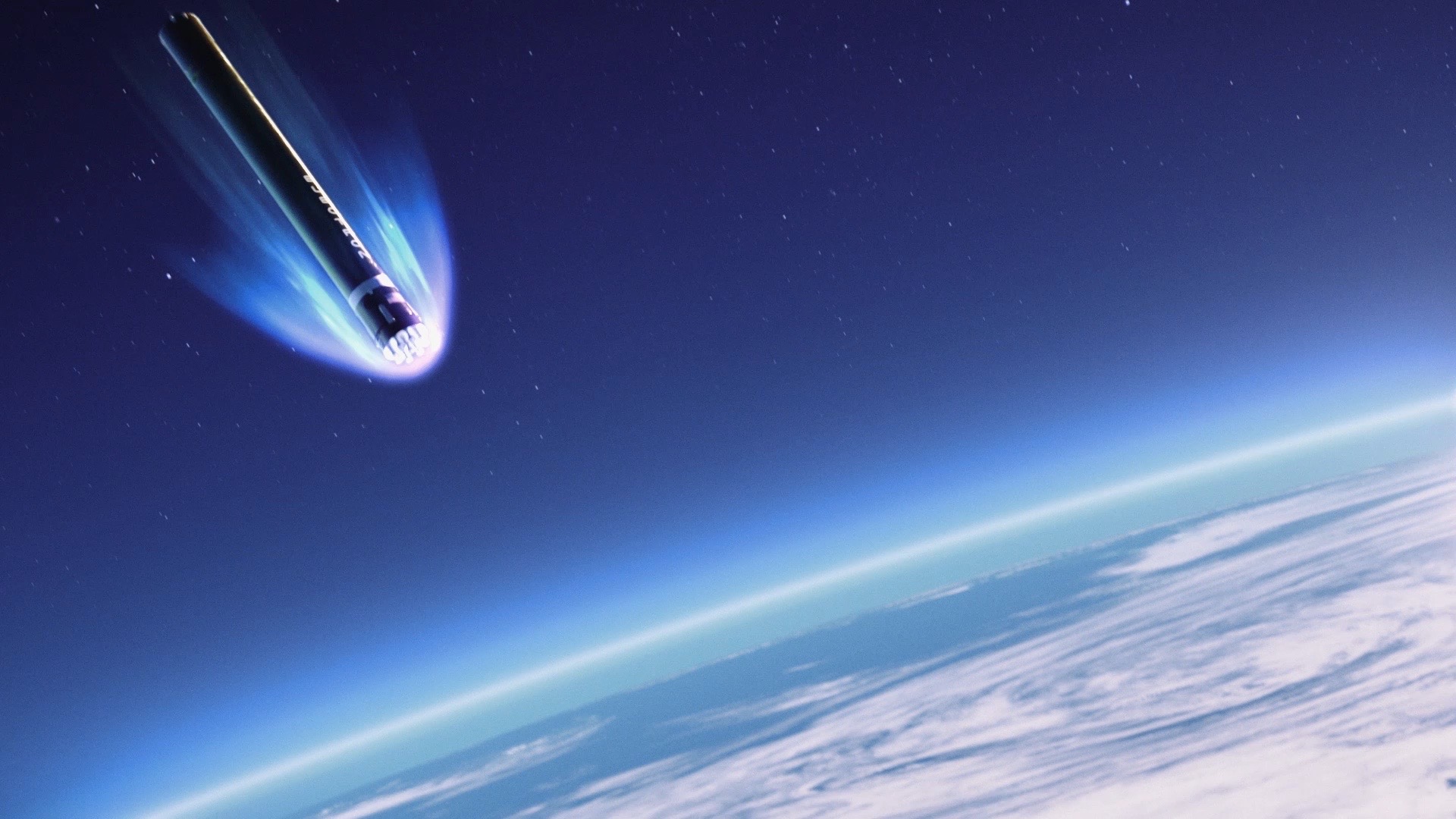Rocket Lab is getting into the reusable-rocket game.
The California-based company plans to start recovering and reflying the first stage of its Electron launch vehicle in the near future, Rocket Lab CEO Peter Beck announced today (Aug. 6).
Rocket Lab is taking a very different approach than the one employed by SpaceX and Blue Origin, whose returning rockets land vertically after slowing their descents propulsively. Electron first stages will rely on parafoils to slow down and an enhanced thermal-protection system to endure the heat of re-entry, Beck said. And Electron boosters won't land — they'll be plucked out of the sky by a helicopter.
Related: Rocket Lab and Its Electron Booster (Photos)

This strategy is all about keeping Electron small and cost-effective, Beck said today at the 2019 Small Satellite Conference in Logan, Utah. The two-stage rocket stands just 57 feet (17 meters) tall and delivers small payloads to orbit for about $5 million per liftoff. SpaceX's workhorse Falcon 9 rocket, by contrast, is 229 feet (70 m) tall, and it costs about $62 million to book a mission aboard one of these powerful boosters.
Trying to achieve Falcon 9-like propulsive landings would turn the small Electron into a medium-size rocket, Beck said.
"We're not in the business of building medium-sized launch vehicles," he said. "We're in the business of building small launch vehicles for dedicated customers to get on orbit frequently."
Breaking space news, the latest updates on rocket launches, skywatching events and more!
Indeed, increasing launch frequency is Rocket Lab's core mission, Beck has stressed many times.
"Launch frequency is the thing that's going to change this industry and, quite frankly, change the world," he said. "Because, if we can get these systems up on orbit quickly and reliably, frequently, we can innovate a lot more and create a lot more opportunities."
Reflying Electron first stages should help this mission considerably, and eventually bring costs down as well, he added.
"The grand goal here is, if we can capture the vehicle in wonderful condition, in theory we should be able to put it back on the pad, charge it up and go again," Beck said.
The Electron can loft about 500 lbs. (225 kilograms) of payload to Earth orbit on each mission. The rocket has seven orbital flights under its belt, the most recent of which occurred on June 29. The first stage employed on that flight carried instruments and experiments that gathered data to aid future recovery efforts, Rocket Lab representatives said.
The next Electron mission, which is scheduled to lift off sometime this month, will ramp up the data-collection efforts further, employing an advanced data recorder Rocket Lab calls "Brutus," Beck said.
The early rocket-recovery campaign will proceed in two stages, Rocket Lab representatives said. Phase 1 involves fishing an Electron first stage out of the ocean after its fall to Earth and then refurbishing it. Phase 2 involves mid-air capture with the helicopter, followed by refurbishment and relaunch.
Rocket Lab plans to begin Phase 1 in the coming year, company representatives said.
- Rocket Lab Aims to Win Cubesat-Launching Race
- It's Business Time! Rocket Lab Lofts 6 Satellites on 1st Commercial Launch
- Reusable Rocket Launch Systems: How They Work (Infographic)
Mike Wall's book about the search for alien life, "Out There" (Grand Central Publishing, 2018; illustrated by Karl Tate), is out now. Follow him on Twitter @michaeldwall. Follow us on Twitter @Spacedotcom or Facebook.
Join our Space Forums to keep talking space on the latest missions, night sky and more! And if you have a news tip, correction or comment, let us know at: community@space.com.

Michael Wall is a Senior Space Writer with Space.com and joined the team in 2010. He primarily covers exoplanets, spaceflight and military space, but has been known to dabble in the space art beat. His book about the search for alien life, "Out There," was published on Nov. 13, 2018. Before becoming a science writer, Michael worked as a herpetologist and wildlife biologist. He has a Ph.D. in evolutionary biology from the University of Sydney, Australia, a bachelor's degree from the University of Arizona, and a graduate certificate in science writing from the University of California, Santa Cruz. To find out what his latest project is, you can follow Michael on Twitter.
